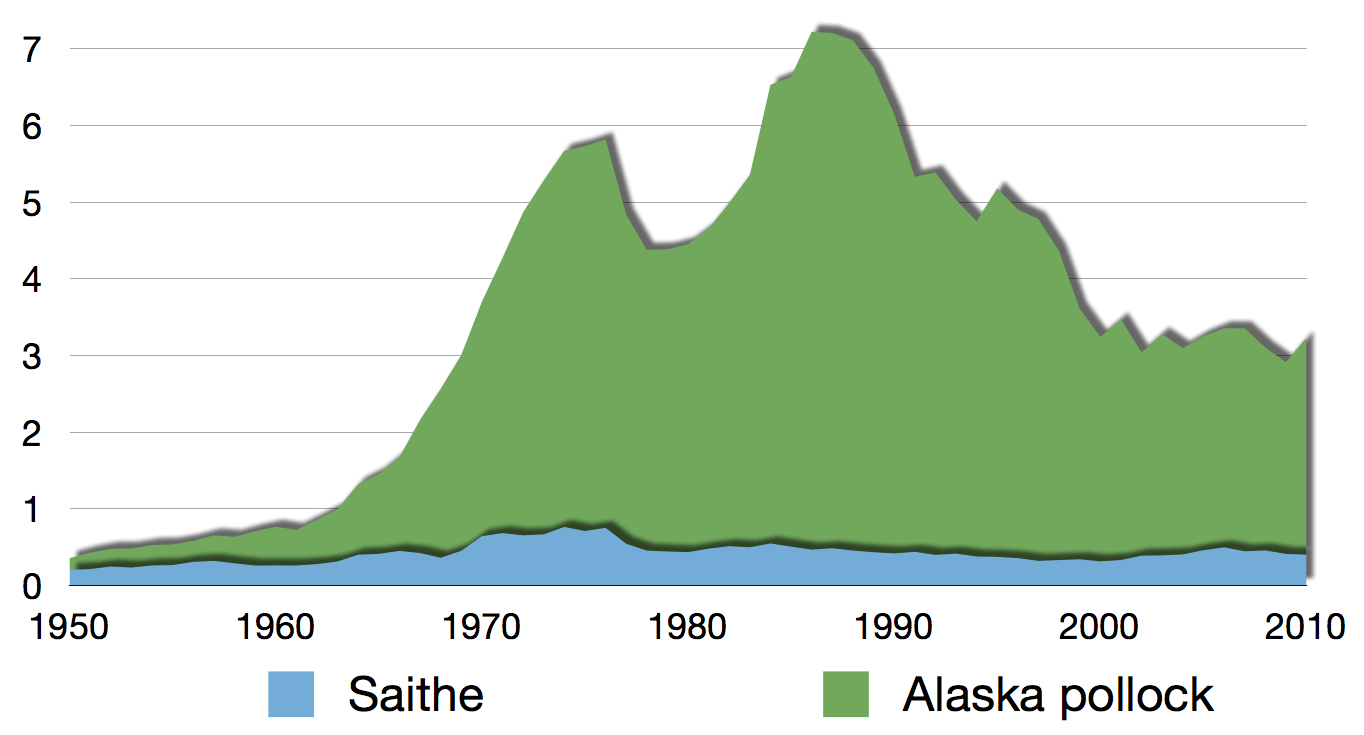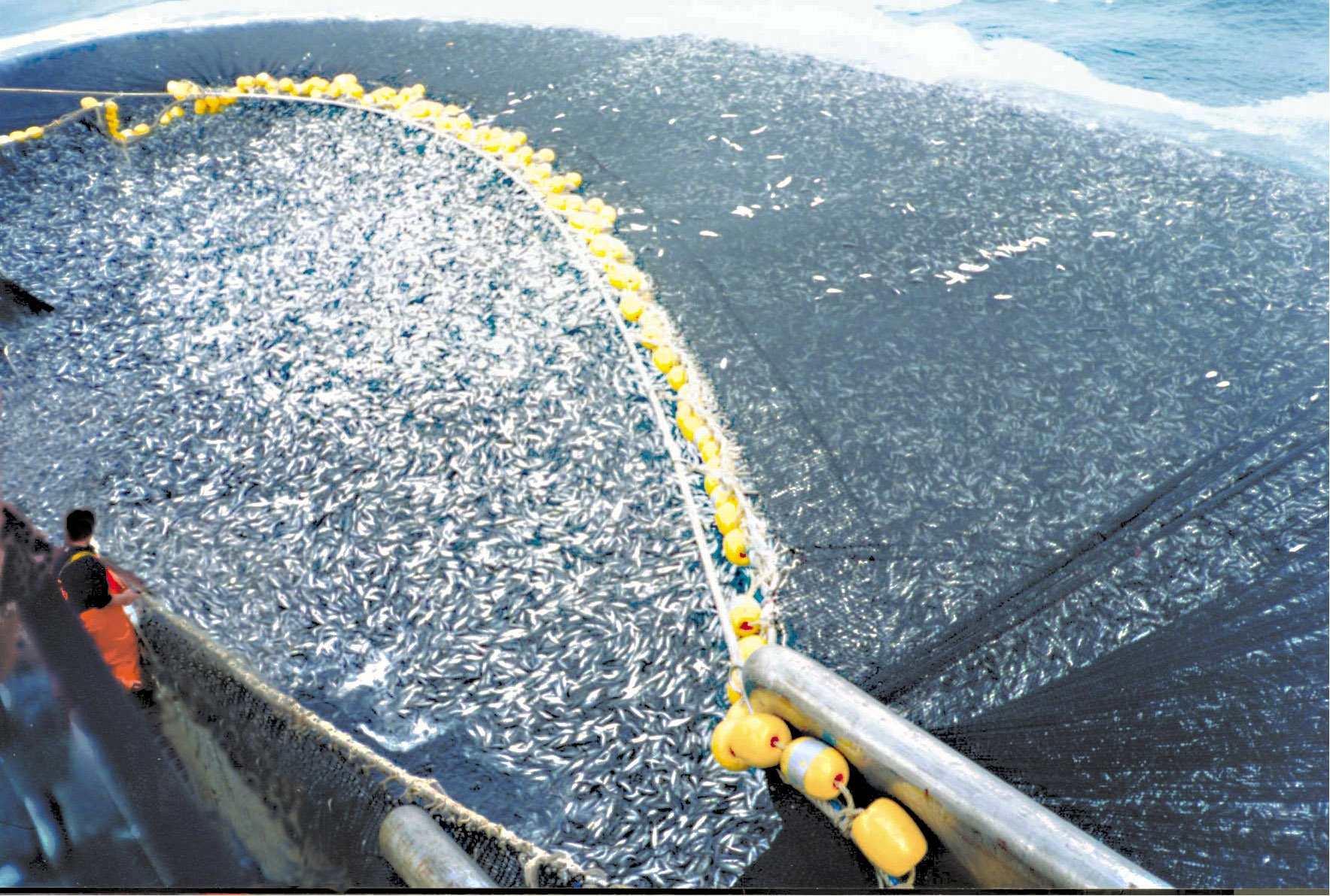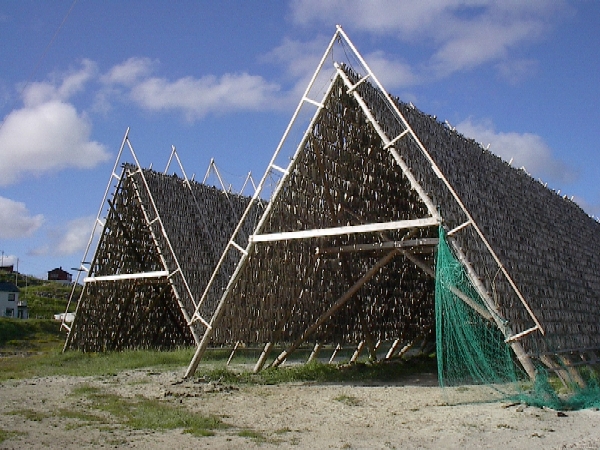|
Dried And Salted Cod
Dried and salted cod, sometimes referred to as salt cod or saltfish or salt dolly, is cod which has been preserved by drying after salting. Cod which has been dried without the addition of salt is stockfish. Salt cod was long a major export of the North Atlantic region, and has become an ingredient of many cuisines around the Atlantic and in the Mediterranean. Dried and salted cod has been produced for over 500 years in Newfoundland, Iceland, and the Faroe Islands. It is also produced in Norway, where it is called klippfisk, literally "cliff-fish". Traditionally, it was dried outdoors by the wind and sun, often on cliffs and other bare rock-faces. Today, ''klippfisk'' is usually dried indoors with the aid of electric heaters. History Salt cod formed a vital item of international commerce between the New World and the Old, and formed one leg of the so-called triangular trade. Thus, it spread around the Atlantic and became a traditional ingredient not only in Northern Europea ... [...More Info...] [...Related Items...] OR: [Wikipedia] [Google] [Baidu] |
Bacalhau (Porto)
() is the Portuguese language, Portuguese word for cod and—in a culinary context—dried and salted cod. Fresh (unsalted) cod is referred to as ' (fresh cod). Portuguese and other cuisines dishes are common in Portugal, and also in former Portuguese colonies such as Cape Verde, Angola, Macau, Brazil, Timor-Leste and Goa. There are said to be over 1000 recipes for salt cod in Portugal alone and it can be considered the iconic ingredient of Portuguese cuisine (it is one of the few species of fish not consumed fresh in this fish-loving country, which boasts the highest per capita fish consumption within the European Union). It is often cooked on social occasions and is the traditional Christmas Eve dinner in some parts of Portugal. Cuisine There are numerous recipe variations, depending on region and tradition. In Portugal, it is said there are more than 365 ways to cook , one for every day of the year; others say there are 1,001 ways. Whatever the exact number, is a ubiqui ... [...More Info...] [...Related Items...] OR: [Wikipedia] [Google] [Baidu] |
Food Drying
Food drying is a method of food preservation in which food is dried (dehydrated or desiccated). Drying inhibits the growth of bacteria, yeasts, and mold through the removal of water. Dehydration has been used widely for this purpose since ancient times; the earliest known practice is 12,000 B.C. by inhabitants of the modern Asian and Middle Eastern regions."Historical Origins of Food Preservation". Accessed June 2011. Water is traditionally removed through by using methods such as air drying, sun drying, smoking or wind drying, although today electric food ... [...More Info...] [...Related Items...] OR: [Wikipedia] [Google] [Baidu] |
Pollock
Pollock or pollack (pronounced ) is the common name used for either of the two species of North Atlantic ocean, marine fish in the genus ''Pollachius''. ''Pollachius pollachius'' is referred to as "pollock" in North America, Ireland and the United Kingdom, while ''Pollachius virens'' is usually known as saithe or coley in Great Britain and Ireland (derived from the older name coalfish). Other names for ''P. pollachius'' include the Atlantic pollock, European pollock, ''lieu jaune'', and lythe or lithe; while ''P. virens'' is also known as Boston blue (distinct from bluefish) and silver bill. Species The recognized species in this genus are: * ''Pollachius pollachius'' (Carl Linnaeus, Linnaeus, 1758) (pollack) * ''Pollachius virens'' (Linnaeus, 1758) (coalfish) Description Both species can grow to . ''P. virens'' can weigh up to and ''P. pollachius'' can weigh up to . ''P. virens'' has a strongly defined, silvery lateral line running down the sides. ... [...More Info...] [...Related Items...] OR: [Wikipedia] [Google] [Baidu] |
Atlantic Cod
The Atlantic cod (: cod; ''Gadus morhua'') is a fish of the family Gadidae, widely consumed by humans. It is also commercially known as '' cod'' or ''codling''.''Atlantic Cod'' . Seafood Portal. In the western Atlantic Ocean, cod has a distribution north of Cape Hatteras, , and around both coasts of and the ; in the easte ... [...More Info...] [...Related Items...] OR: [Wikipedia] [Google] [Baidu] |
Overfishing
Overfishing is the removal of a species of fish (i.e. fishing) from a body of water at a rate greater than that the species can replenish its population naturally (i.e. the overexploitation of the fishery's existing Fish stocks, fish stock), resulting in the species becoming increasingly underpopulated in that area. Overfishing can occur in water bodies of any sizes, such as ponds, wetlands, rivers, lakes or oceans, and can result in resource depletion, reduced biological growth rates and low biomass (ecology), biomass levels. Sustained overfishing can lead to critical depensation, where the fish population is no longer able to sustain itself. Some forms of overfishing, such as the Threatened sharks, overfishing of sharks, has led to the upset of entire marine ecosystems. Types of overfishing include growth overfishing, recruitment overfishing, and ecosystem overfishing. Overfishing not only causes negative impacts on biodiversity and ecosystem functioning, but also reduces fish pr ... [...More Info...] [...Related Items...] OR: [Wikipedia] [Google] [Baidu] |
Fish Flake
A fish flake is a platform built on poles and spread with boughs for drying cod on the foreshores of fishing villages and small coastal towns in Newfoundland and Nordic countries. Spelling variations for fish flake in Newfoundland include ', ', ', ' and '. The term's first recorded use in connection with fishing appeared in Richard Whitbourne's book ''Newfoundland'' (1623, p. 57). In Norway, a flake is known as a '. Construction The flake consists of a horizontal framework of small poles (called lungers), sometimes covered with spruce boughs, and supported by upright poles, the air having free access beneath. Here the cod are spread out to bleach in the sun and air after the fish has been curing all summer in stages under a heavy spreading of salt. There are two types of common known flakes during the height of the fishing season: one a permanent structure as described above, and the other, called a hand flake, that can be erected on short notice and provides for more ar ... [...More Info...] [...Related Items...] OR: [Wikipedia] [Google] [Baidu] |
Oily Fish
Oily fish are fish species with fish oil, oil (fats) in soft tissues and in the coelomic cavity around the Gut (zoology), gut. Their fillet (cut), fillets may contain up to 30% oil, although this figure varies both within and between species. Examples of oily fish include small forage fish such as sardines, herring and anchovy, anchovies, and other larger pelagic fish such as salmon, trout, tuna, swordfish and mackerel. Oily fish can be contrasted with whitefish (fisheries term), whitefish, which contain oil only in the liver and in much less overall quantity than oily fish. Examples of whitefish are cod, haddock and flatfish. White fish are usually demersal fish which live on or near the seafloor, whereas oily fish are pelagic, living in the water column goes from the bottom. Oily Fish as food, fish meat is a good source of important lipophilicity, fat-soluble vitamins such as Vitamin A and Vitamin D, D, and is rich in omega-3 fatty acids (white fish also contain these nu ... [...More Info...] [...Related Items...] OR: [Wikipedia] [Google] [Baidu] |
Whitefish (fisheries Term)
Whitefish or white fish is a fisheries term for several species of demersal fish with fins, particularly Atlantic cod (''Gadus morhua''), whiting (fish), whiting (''Merluccius bilinearis''), haddock (''Melanogrammus aeglefinus''), Phycidae, hake (''Urophycis''), and pollock (''Pollachius''), among others. Whitefish live on or near the seafloor, and can be contrasted with the Oily fish, oily or pelagic fish, which live away from the seafloor. Whitefish do not have much fish oil, oil in their tissue, and have flakier white or light-coloured flesh. Most of the oil found in their bodies is concentrated in the organs, e.g. cod liver oil. Whitefish can be divided into benthopelagic fish (round fish that live ''near'' the sea bed, such as cod and Coley (fish), coley) and benthic fish (which live ''on'' the sea bed, such as flatfish like plaice). Whitefish is sometimes eaten straight but is often used reconstituted for fishsticks, gefilte fish, lutefisk, surimi (imitation crab meat), e ... [...More Info...] [...Related Items...] OR: [Wikipedia] [Google] [Baidu] |
Bacalhau
() is the Portuguese word for cod and—in a culinary context— dried and salted cod. Fresh (unsalted) cod is referred to as ' (fresh cod). Portuguese and other cuisines dishes are common in Portugal, and also in former Portuguese colonies such as Cape Verde, Angola, Macau, Brazil, Timor-Leste and Goa. There are said to be over 1000 recipes for salt cod in Portugal alone and it can be considered the iconic ingredient of Portuguese cuisine (it is one of the few species of fish not consumed fresh in this fish-loving country, which boasts the highest per capita fish consumption within the European Union). It is often cooked on social occasions and is the traditional Christmas Eve dinner in some parts of Portugal. Cuisine There are numerous recipe variations, depending on region and tradition. In Portugal, it is said there are more than 365 ways to cook , one for every day of the year; others say there are 1,001 ways. Whatever the exact number, is a ubiquitous ingredient i ... [...More Info...] [...Related Items...] OR: [Wikipedia] [Google] [Baidu] |
John Cabot
John Cabot ( ; 1450 – 1499) was an Italians, Italian navigator and exploration, explorer. His 1497 voyage to the coast of North America under the commission of Henry VII of England, Henry VII, King of England is the earliest known European exploration of coastal North America since the Norse visits to Vinland in the eleventh century. To mark the celebration of the 500th anniversary of Cabot's expedition, both the Canadian and British governments declared Cape Bonavista, Newfoundland (island), Newfoundland as representing Cabot's first landing site. However, alternative locations have also been proposed. Name and origins Cabot is known today as Giovanni Caboto in Italian, Zuan Caboto in Venetian language, Venetian, Jean Cabot in French, and John Cabot in English. This resulted from a once-ubiquitous European tradition of nativizing names in local documents, something often adhered to by the actual persons themselves. (Many European names have root origins but diverged ... [...More Info...] [...Related Items...] OR: [Wikipedia] [Google] [Baidu] |








